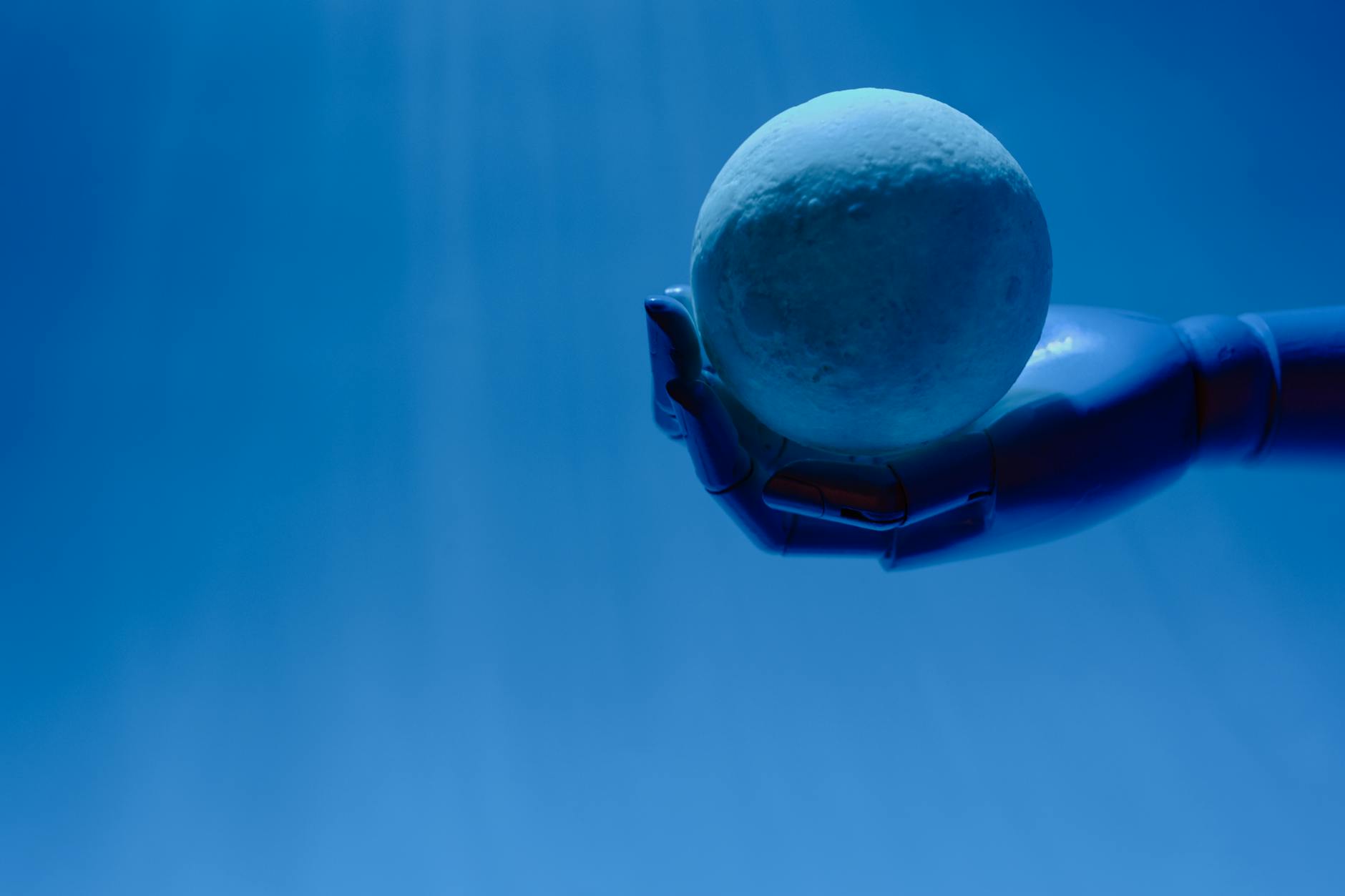NASA’s RASSOR Just Nailed a Major Moon Mining Test—Here’s Why That’s a Big Deal
You know how we’ve been talking about moon bases forever? Well, NASA just took a massive step toward making that happen. Their little digging robot—called RASSOR (yeah, like the razor)—just crushed its latest test at Kennedy Space Center. And I mean, it wasn’t just digging sandbox dirt. This thing handled simulated lunar soil like a champ. The kind of dirt that’d wreck normal machinery. That’s huge because if we’re ever gonna live on the Moon, we’ll need robots to mine stuff for us—water, oxygen, you name it. No more hauling everything from Earth at insane costs.
So What’s This RASSOR Thing Anyway?
Okay, picture this: a tiny tank, but instead of guns, it’s got these two spinning drum things that work against each other. One goes left, the other goes right—keeps the whole thing from flipping over in the Moon’s weak gravity. Smart, right? And get this—it’s autonomous. No joystick needed. Just set it loose to dig up regolith (that’s fancy moon dirt) while astronauts focus on, I dunno, not dying in space. The real kicker? This bot’s designed to survive the Moon’s nightmare conditions—extreme temps, razor-sharp dust that ruins everything. NASA’s basically building the ultimate space handyman.
The Test That Changed Everything
So Kennedy Space Center built this fake lunar landscape—all uneven and covered in nasty, gravel-like crap. And RASSOR? Total boss mode. Dug in, moved soil, didn’t tip over once. One engineer put it best: “It handled real moon conditions better than we dared hope.” But here’s the thing—they’re still being cautious. Moon dust is no joke. It’s like sandpaper mixed with broken glass. Still, this test proves the core idea works. And that’s everything.
Why This Design is Genius
The Drum Trick: Those counter-rotating drums aren’t just for show. They solve the biggest moon-digging problem—lack of gravity. Try digging on Earth, and your shovel pushes back against you. On the Moon? You’d just flip over. RASSOR’s drums cancel that out. Physics win.
Works Alone: Earth’s 2.5 seconds away by radio. You can’t remote-control stuff in real time. So RASSOR’s got cameras, hazard software—the whole package. Future versions? They’ll team up with other bots like some sci-fi construction crew.
Built Tough: Let’s be real—the Moon wants to kill machinery. Dust gets in everything, temps swing from lava-hot to colder than Antarctica. RASSOR’s sealed up tight, but long-term? We’ll see. Nothing lasts forever, especially not on the Moon.
What’s Next? Meet IPEx
RASSOR’s just the start. Its big brother—IPEx—is coming. That one’s all about serious mining. We’re talking oxygen for breathing, water for drinking, even rocket fuel. Imagine not having to ship that from Earth. Game changer. NASA’s betting big on this for Artemis. Because let’s face it—if we’re gonna have moon condos, we’ll need local suppliers.
Why Bother Mining the Moon?
Two words: cost and survival. Every liter of water mined up there saves $50,000 in launch costs. Every oxygen tank? Same deal. But it’s bigger than that—this could kickstart space industry. Fuel depots. Construction materials. Maybe even clues about how our solar system formed, locked in that moon dirt.
Yeah, But…
It’s not all smooth sailing. Moon dust eats machinery. Power’s a nightmare during two-week lunar nights. And let’s be honest—funding’s always shaky. But the pieces are coming together. If IPEx tests go well? We might see this stuff on Artemis missions sooner than you think.
Bottom Line
RASSOR’s test proves one thing—we’re not just visiting the Moon this time. We’re moving in. And we’re bringing robots to do the heavy lifting. Still feels like sci-fi, but hey—so did smartphones once. Next stop: lunar mining town. Population: robots (and eventually, us).












